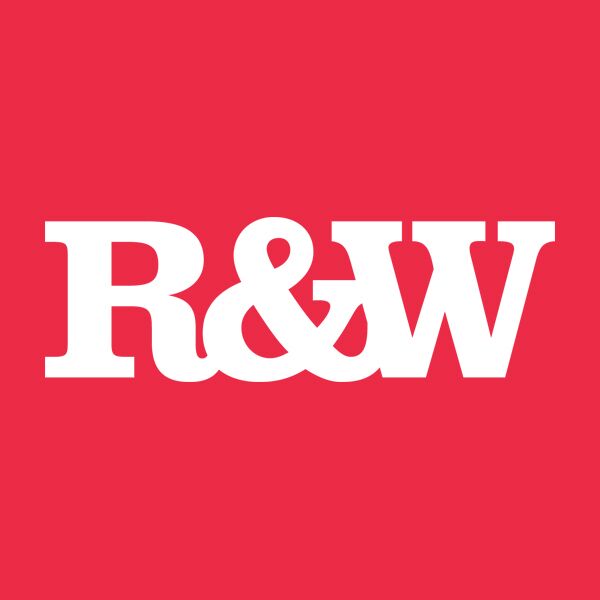Surry Hills
The first land grants in Surry Hills were made in the 1790s when Major Foveaux was granted over 100 acres. He called his farm Surry Hills, after Surrey Hills in England, although the reason for the spelling change remains unknown. Much of the hilly terrain was declared “inhospitable”, with areas like Prince Alfred Park known simply as the Government Paddocks. A few villas were built in 1820s, creating an area where wealthy merchants mixed the commercial and working classes. The Cleveland/ Elizabeth Street precinct has also been known as Strawberry Hills since 1832. Strawberry Hill was, in fact, a huge mound of shifting sand created by the destruction of undergrowth by woodcutters, graziers and quarriers. During the 1830s the sand began to advance onto the Strawberry Hill Estate.
In the 1850s, terrace houses and workers\' cottages were built but unregulated and unrestrained low-cost housing created unsanitary conditions. After Governor Macquarie’s 1820 Devonshire Street Cemetery was moved, the Sydney Central Railway Terminus was built on the site in 1906, dominating the area’s landscape.
In the early 1900s, industry was promoted and warehouses sprang up in back lanes while housing was reduced. Surry Hills became a working class suburb, predominately inhabited by Irish immigrants. It developed a reputation for crime and vice. The famous Sydney underworld razor gang figure, Kate Leigh (1881-1964), lived in Surry Hills for over 80 years.
After World War II, Surry Hills was regenerated as a residential area with influxes of migrants who needed cheap housing. By 1961 urban density created the need for a fifteen-storey tower, Northcott Place, completed on Strawberry Hill and opened by HM Queen in 1963 as a new social housing project.
Trams had been a familiar site in the area since 1881. When fully operational, they branched out from Oxford Street, running along Dowling Street and onto West Kensington. The line was closed by 1961. After the 1980s, the area was gentrified: houses were restored with new, upper middle-class residents enjoying the benefits of inner-city living.
Today, Surry Hills is a mixture of residential, commercial and light industrial areas. It remains Sydney\'s main centre for fashion wholesale activities. Refurbished offices and old heritage warehouses have become ultra-modern designer apartments with large, light-filled interiors and views over neighbouring areas.
Crown Street is its heart, pulsating with cafes, fashion, a new library, pubs offering boutique beers and Euro-homeware stores. Along with Saturday markets in Shannon Reserve and an annual Surry Hills Festival in Prince Alfred Park attracting tens of thousands of visitors, the tree-lined street has a live buzz.
Surry Hills’ heritage scale and low-rise development give it a breezy atmosphere as a potpourri of designers and young professionals enjoy a fine-grained urban texture reminiscent of European cities.
In the 1850s, terrace houses and workers\' cottages were built but unregulated and unrestrained low-cost housing created unsanitary conditions. After Governor Macquarie’s 1820 Devonshire Street Cemetery was moved, the Sydney Central Railway Terminus was built on the site in 1906, dominating the area’s landscape.
In the early 1900s, industry was promoted and warehouses sprang up in back lanes while housing was reduced. Surry Hills became a working class suburb, predominately inhabited by Irish immigrants. It developed a reputation for crime and vice. The famous Sydney underworld razor gang figure, Kate Leigh (1881-1964), lived in Surry Hills for over 80 years.
After World War II, Surry Hills was regenerated as a residential area with influxes of migrants who needed cheap housing. By 1961 urban density created the need for a fifteen-storey tower, Northcott Place, completed on Strawberry Hill and opened by HM Queen in 1963 as a new social housing project.
Trams had been a familiar site in the area since 1881. When fully operational, they branched out from Oxford Street, running along Dowling Street and onto West Kensington. The line was closed by 1961. After the 1980s, the area was gentrified: houses were restored with new, upper middle-class residents enjoying the benefits of inner-city living.
Today, Surry Hills is a mixture of residential, commercial and light industrial areas. It remains Sydney\'s main centre for fashion wholesale activities. Refurbished offices and old heritage warehouses have become ultra-modern designer apartments with large, light-filled interiors and views over neighbouring areas.
Crown Street is its heart, pulsating with cafes, fashion, a new library, pubs offering boutique beers and Euro-homeware stores. Along with Saturday markets in Shannon Reserve and an annual Surry Hills Festival in Prince Alfred Park attracting tens of thousands of visitors, the tree-lined street has a live buzz.
Surry Hills’ heritage scale and low-rise development give it a breezy atmosphere as a potpourri of designers and young professionals enjoy a fine-grained urban texture reminiscent of European cities.



